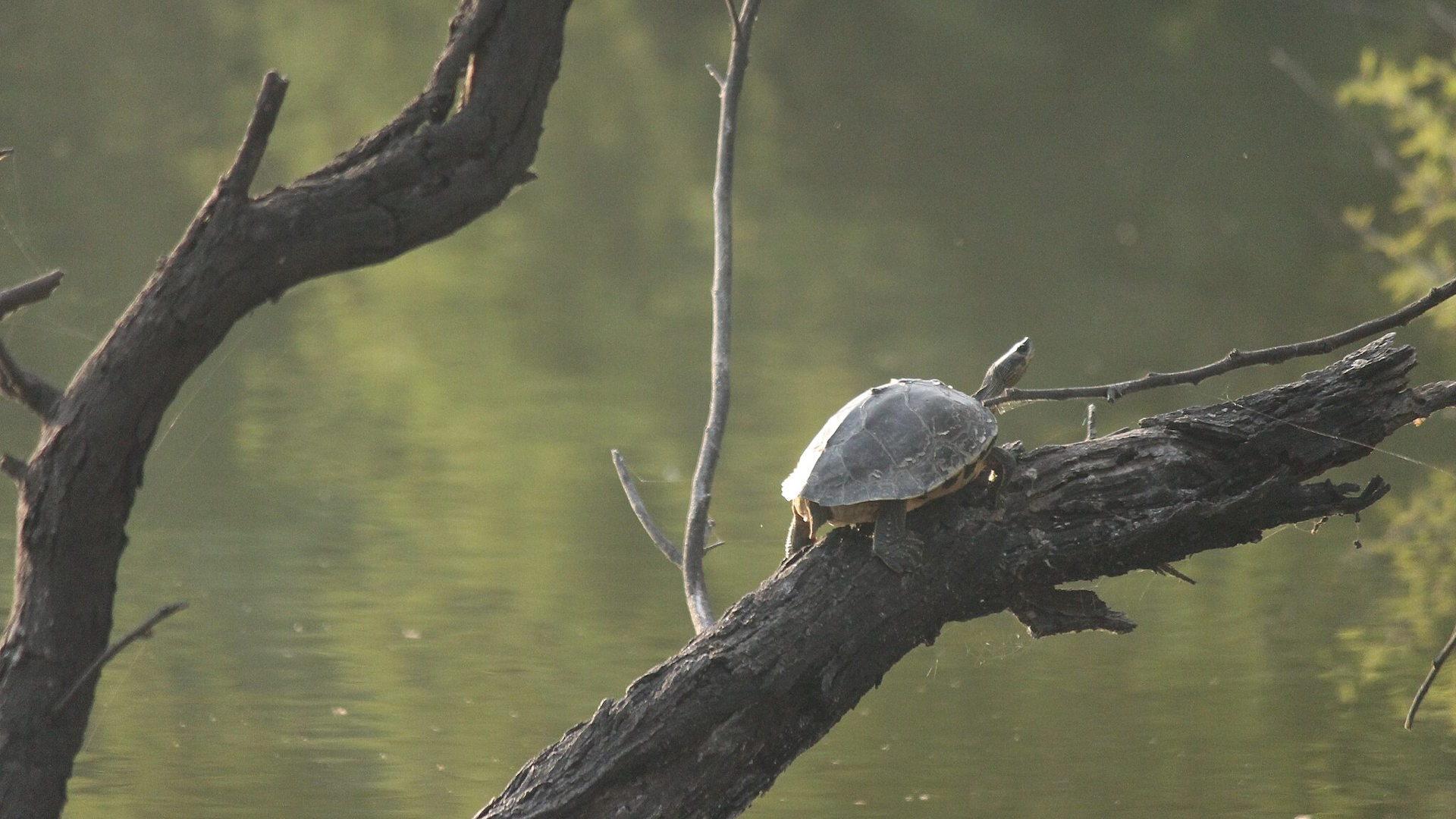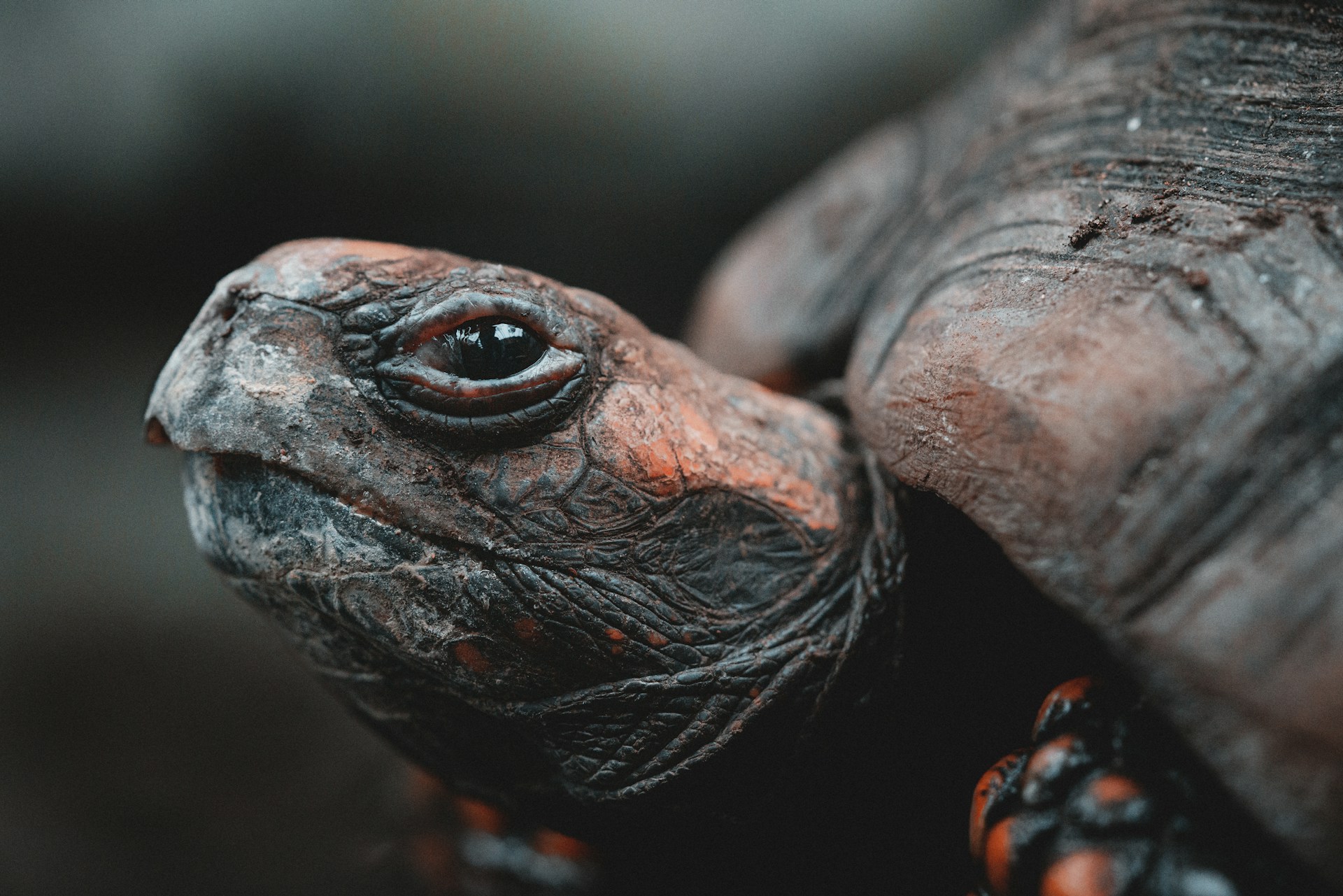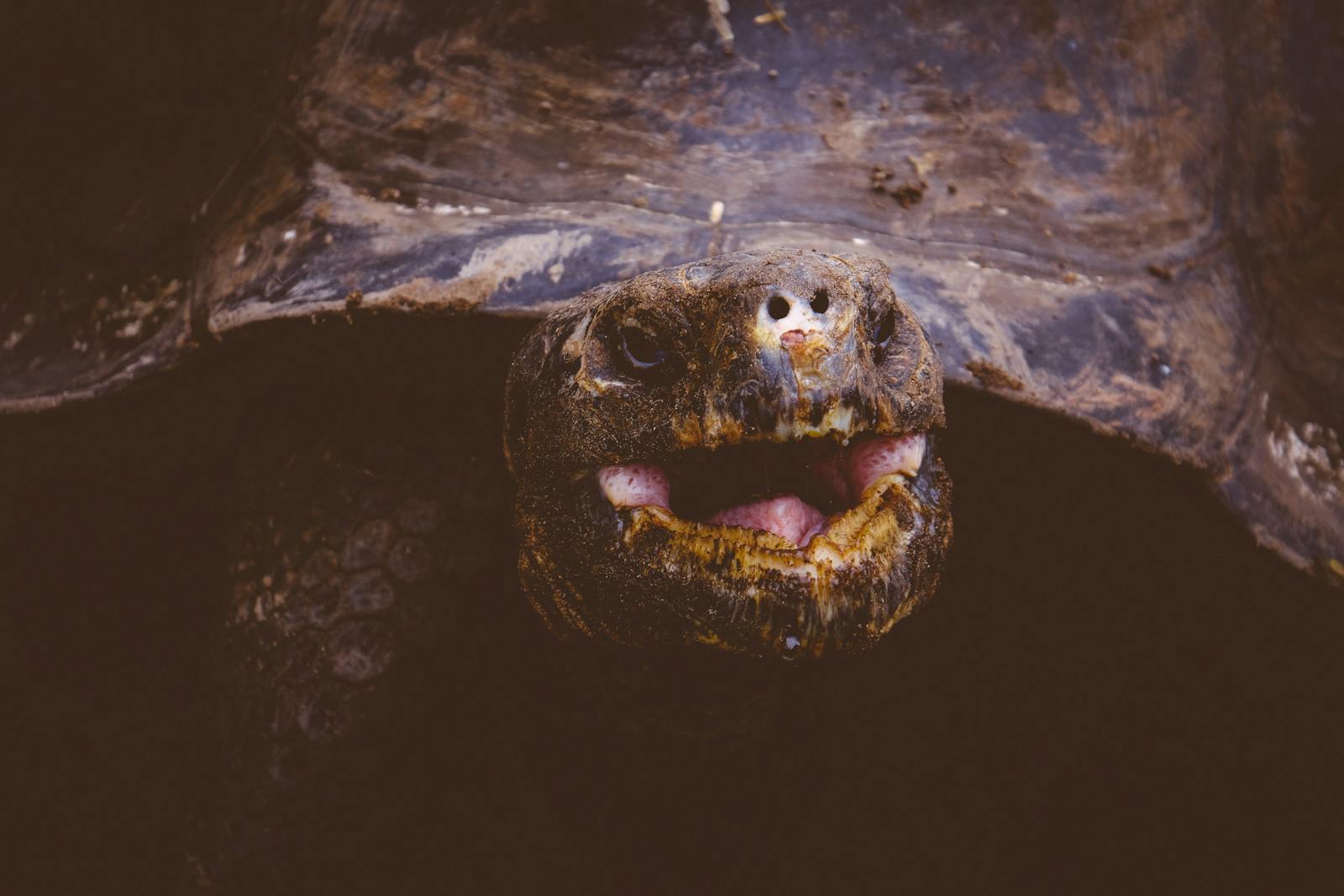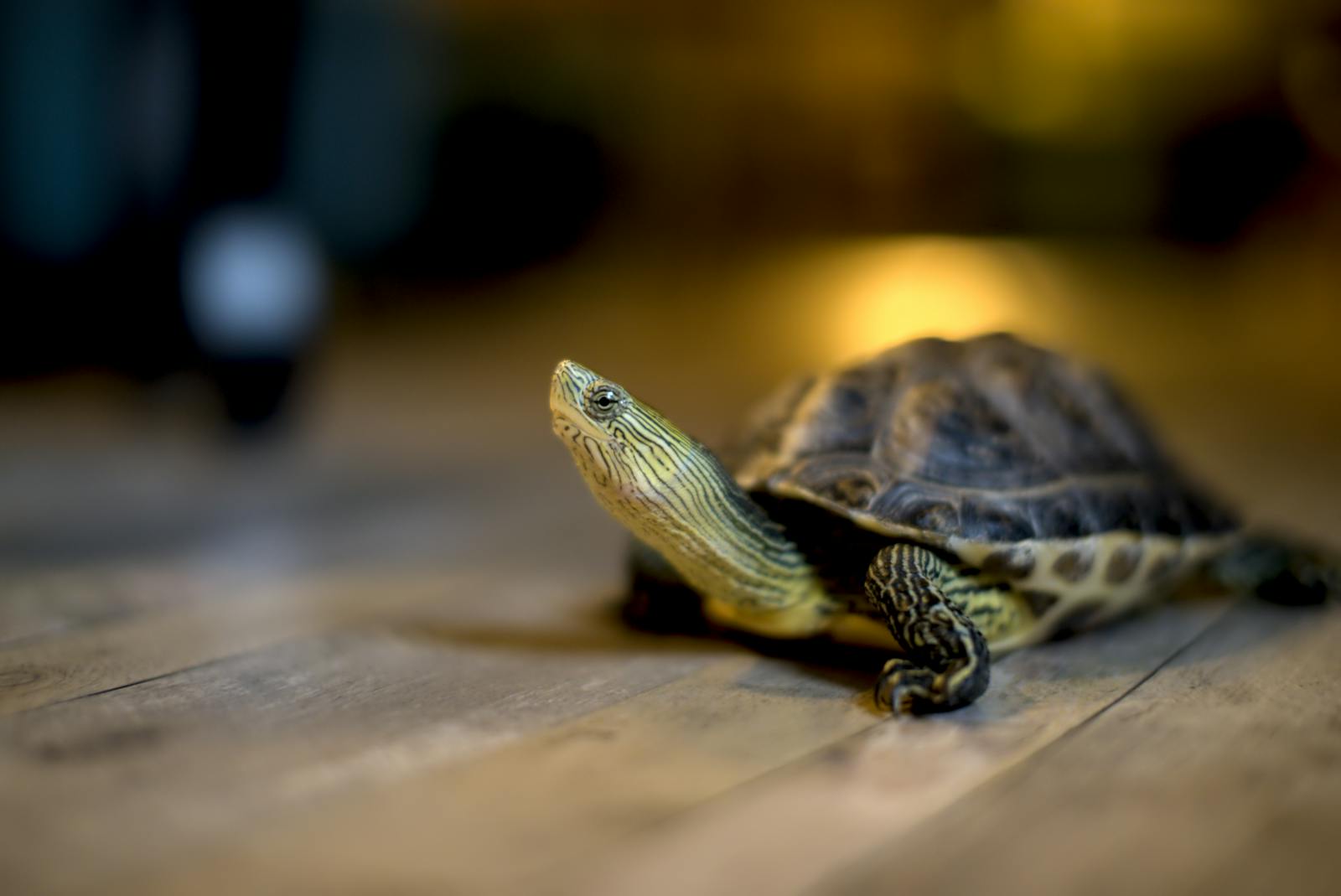When most people think of turtles, they envision slow-moving creatures plodding along the ground or gracefully swimming through water. The idea of a turtle scaling a tree might seem like something from a cartoon rather than reality. Yet remarkably, several turtle species possess the surprising ability to climb trees, demonstrating that these ancient reptiles are far more adaptable and agile than commonly believed. This unusual behavior has fascinated herpetologists and casual nature enthusiasts alike, revealing another dimension to these seemingly simple creatures. Tree climbing represents not only an impressive physical feat for animals not obviously designed for arboreal locomotion but also serves specific evolutionary purposes that have helped certain turtle species thrive in their ecological niches.
The Unexpected Climbers: Which Turtle Species Climb Trees

Several turtle species have developed tree-climbing abilities, with the most proficient climbers found among freshwater turtles. The Eastern painted turtle (Chrysemys picta picta), Western painted turtle (Chrysemys picta bellii), red-eared slider (Trachemys scripta elegans), and wood turtle (Glyptemys insculpta) are among the most accomplished arboreal explorers. These species have been observed climbing several feet above water or ground level, with some individuals documented at heights exceeding ten feet. The Chinese three-striped box turtle (Cuora trifasciata) and the Asian leaf turtle (Cyclemys dentata) are also known climbers in their native habitats. Interestingly, even some species not typically associated with climbing, like the common snapping turtle (Chelydra serpentina), have occasionally been spotted in low branches, demonstrating how widespread this behavior might be across chelonian species.
Anatomical Adaptations That Make Tree Climbing Possible
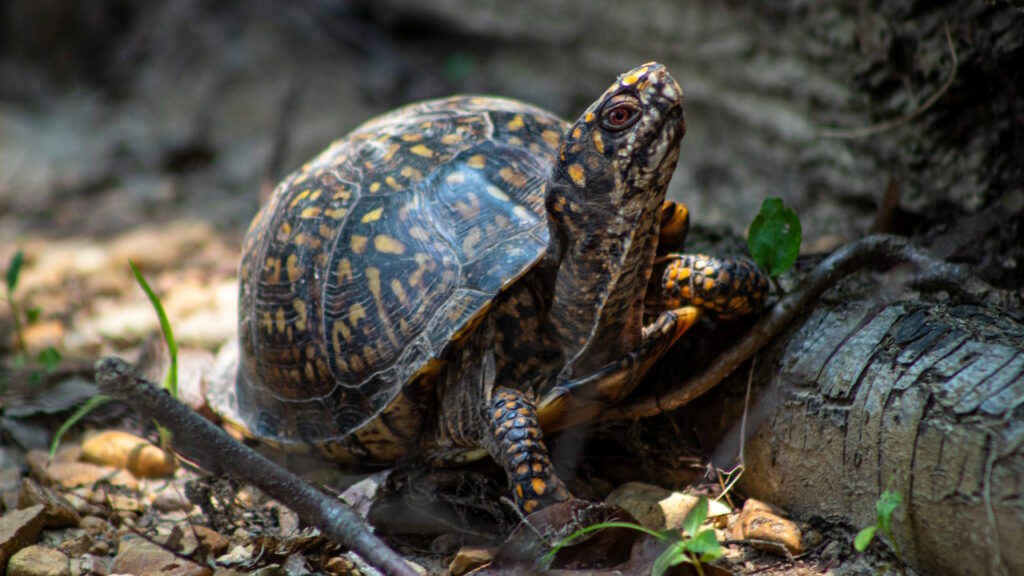
While turtles lack the specialized climbing equipment of animals like squirrels or geckos, several anatomical features enable their surprising arboreal abilities. Their clawed feet provide crucial traction against rough bark surfaces, with species like painted turtles possessing particularly sharp claws that can dig into wood. The shape and articulation of their limbs allow for greater range of movement than might be expected, enabling them to pull themselves upward against gravity. Some climbing turtles have slightly more flexible limb joints compared to purely aquatic species, facilitating the unusual angles required for vertical movement. Their relatively lightweight shells (compared to more terrestrial species) and strong forelimb muscles developed for swimming or digging provide the necessary strength-to-weight ratio needed to lift their bodies against gravity during the climb.
The Mystery of Climbing Techniques

Turtle climbing techniques vary by species but generally involve a slow, deliberate process that capitalizes on their natural strengths. Most tree-climbing turtles use a methodical approach, securing their front claws into the bark before pulling their body upward and finding purchase with their back legs. This “inchworm” technique involves alternating movements of front and rear limbs to make gradual progress upward. Researchers have observed that these reptiles often choose trees with rough, textured bark or those that lean at angles less than vertical, making the climbing challenge somewhat easier. For fallen logs or angled trees, turtles may use their plastron (lower shell) as a brace against the surface, reducing the risk of falling while advancing. The climbing process is typically slow and cautious, with frequent pauses that allow the turtle to rest and reassess its route.
Why Turtles Take to the Trees: Basking Behavior
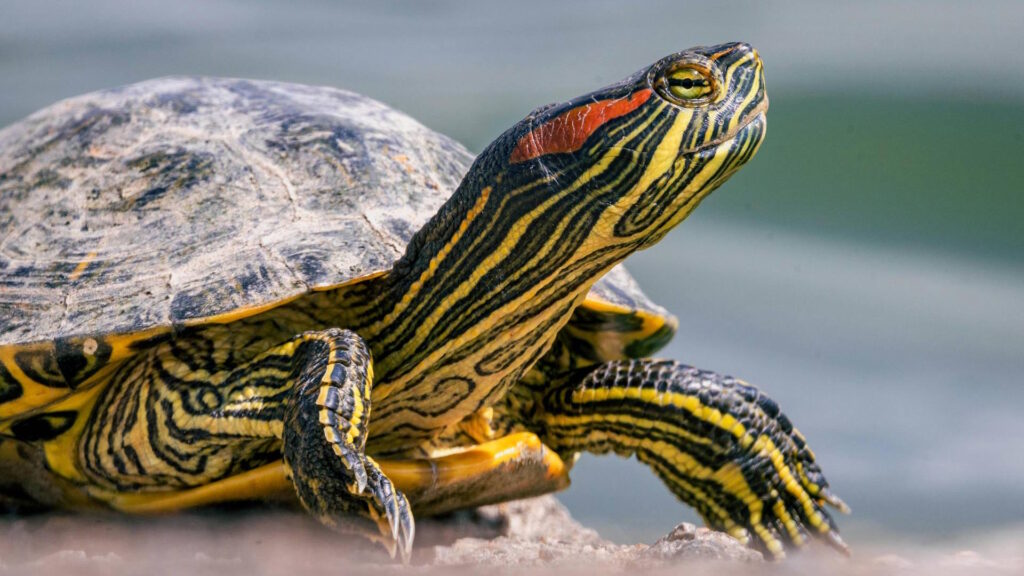
The primary motivation behind turtle tree climbing appears to be the pursuit of optimal basking opportunities. As ectothermic reptiles, turtles regulate their body temperature through environmental exposure, and elevated branches often provide ideal sunning spots away from predators and with unobstructed access to warming rays. These arboreal perches typically offer better sun exposure than ground-level locations, especially in densely vegetated areas where direct sunlight may be limited at the forest floor. Research has shown that turtles climbing trees are more likely to do so during moderate temperature periods, when the warming benefits outweigh the energy costs of the climb. Additionally, elevated basking sites often provide better air circulation, which may help with drying the shell and skin – an important factor in preventing fungal infections and other health issues in semi-aquatic species.
Predator Avoidance Through Height
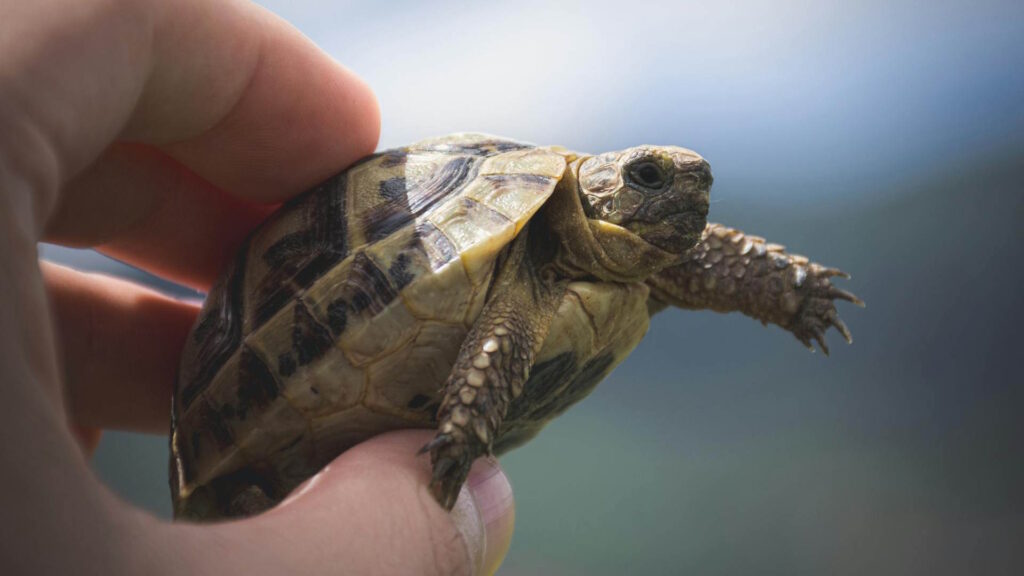
Beyond basking opportunities, climbing behaviors may serve as an effective predator avoidance strategy for vulnerable turtles. Elevated positions provide a significant advantage against ground-based predators such as raccoons, foxes, and coyotes that might otherwise easily capture these reptiles. Juvenile turtles, which are particularly susceptible to predation due to their smaller size and softer shells, have been observed climbing more frequently than adults in some species, suggesting a defensive motivation. The height advantage also provides turtles with improved visibility of their surroundings, potentially allowing earlier detection of approaching threats. Some herpetologists theorize that the climbing behavior may have evolved as part of a multi-faceted survival strategy in environments with high predator density, though more research is needed to fully understand this relationship.
Food Accessibility in the Canopy
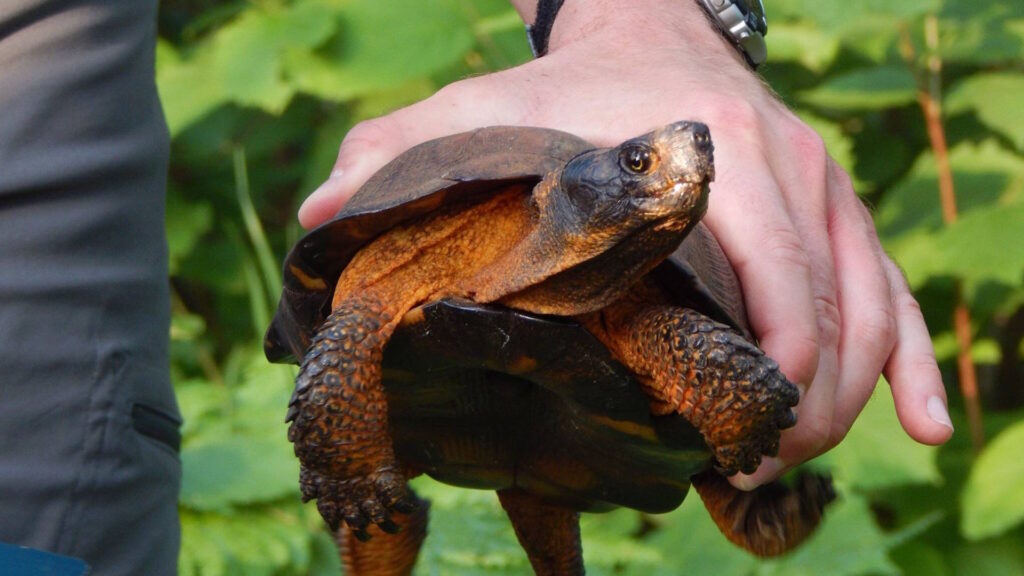
For some turtle species, tree climbing provides access to food sources unavailable at ground level. Certain semi-arboreal turtles will opportunistically feed on berries, fruits, flowers, and insects found in trees, supplementing their typically more ground or water-based diet. The wood turtle (Glyptemys insculpta), for instance, has been documented consuming blackberries and other fruits directly from bushes and low-hanging branches. Asian leaf turtles may climb vegetation to reach tender young leaves and shoots that are more nutritious than their older counterparts on the forest floor. This dietary versatility represents an evolutionary advantage, allowing climbing turtles to exploit food resources that remain inaccessible to strictly terrestrial or aquatic species. During seasonal fruit production or insect emergence events, the ability to climb may provide critical nutritional opportunities that help climbing turtles outcompete other species in their habitat.
Environmental Surveying and Navigation

Scientists have proposed that tree climbing may assist turtles in environmental orientation and navigation across their habitats. From elevated positions, turtles gain a broader perspective of their surroundings, potentially helping them identify important landscape features like water bodies, nesting areas, or feeding grounds. This “surveying” behavior might be particularly valuable during seasonal migrations or when exploring unfamiliar territory after displacement. Research tracking painted turtles has suggested that individuals returning to home ranges after being relocated sometimes climb trees, possibly to reorient themselves within the landscape. For species that undertake regular movements between different habitat types, such as wood turtles transitioning between aquatic wintering sites and terrestrial summer ranges, the ability to gain this aerial perspective may enhance their navigational efficiency.
The Risks and Challenges of Arboreal Adventures
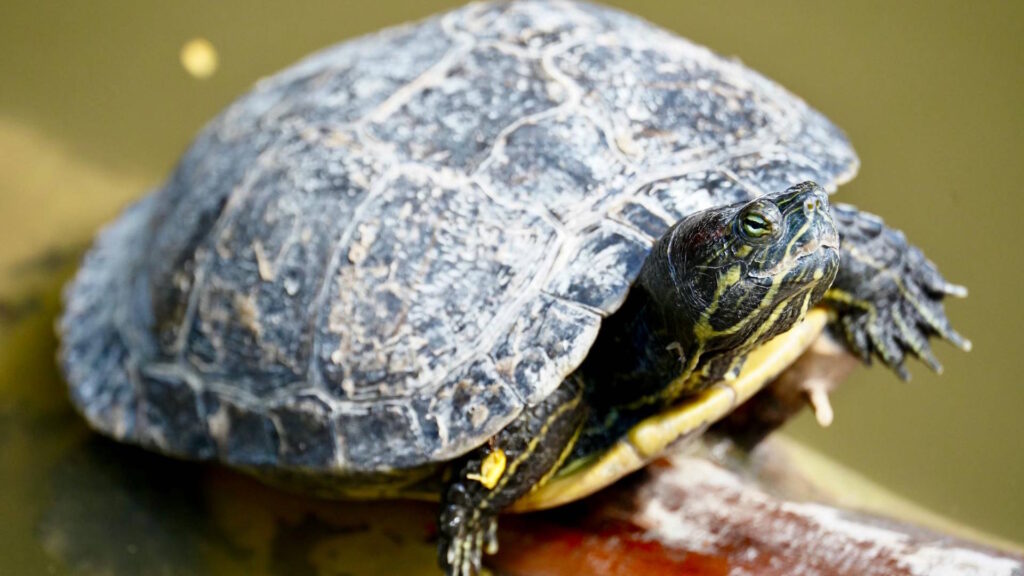
Despite its potential benefits, tree climbing presents significant risks for turtles and requires considerable energy expenditure. Falls from height can result in serious injuries, including shell fractures, internal damage, and even death, particularly for turtles climbing over hard surfaces or rocks. The climb itself represents a major energy investment for animals with relatively slow metabolisms, demanding careful cost-benefit balance by the individuals engaging in this behavior. Exposure to aerial predators like hawks and eagles increases while in trees, potentially trading one predation risk for another. Additionally, climbing turtles may become stranded if they ascend too high or encounter structural obstacles that prevent safe descent, resulting in dangerous dehydration or starvation if they cannot return to water or feeding grounds.
Seasonal Patterns in Climbing Behavior
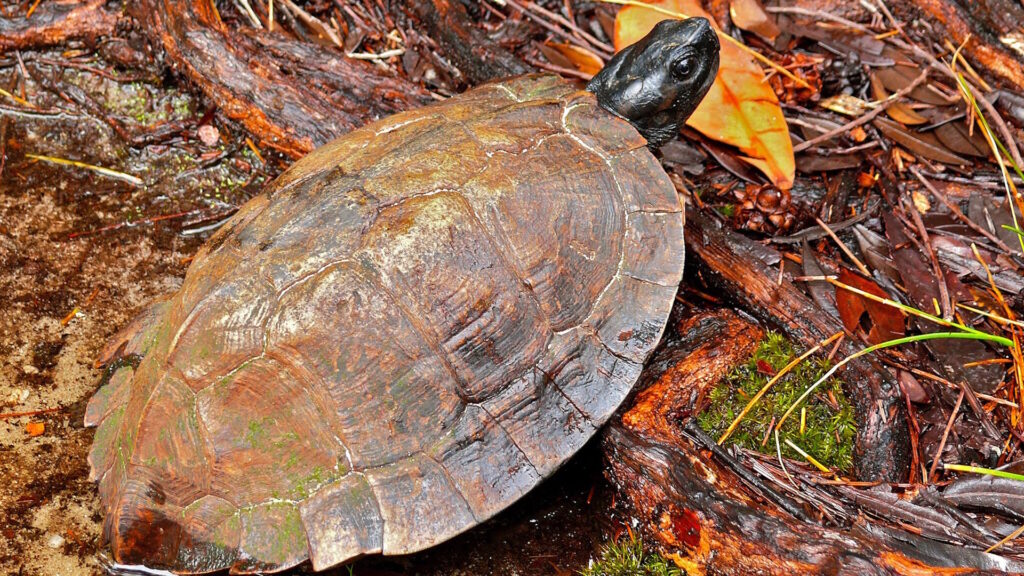
Tree climbing among turtles follows distinct seasonal patterns aligned with their annual activity cycles. Research indicates climbing frequency peaks during spring and early summer months when moderate temperatures create ideal conditions for basking without risk of overheating. During extreme summer heat, climbing may decline as turtles seek cooler aquatic environments rather than exposed basking sites. Fall may see another climbing surge as turtles maximize sun exposure before winter dormancy in temperate regions. Scientists studying painted turtles in the northern United States have observed that climbing activities virtually cease during winter months when these reptiles brumate underwater. These seasonal variations demonstrate how climbing behavior is intricately connected to thermoregulatory needs and the broader annual activity patterns of these reptiles.
Geographic Distribution of Climbing Turtles

Tree-climbing behavior in turtles shows interesting geographic distribution patterns globally, with certain regions hosting more arboreal species than others. North America boasts several notable climbing species, including painted turtles, sliders, and wood turtles, particularly throughout the eastern and central regions. Southeast Asia represents another hotspot for climbing turtles, with species like the Asian leaf turtle and Chinese three-striped box turtle regularly observed in trees. Tropical and subtropical regions generally support more climbing behavior than extremely cold or arid environments, likely due to the year-round activity patterns of turtles in warmer climates. Interestingly, Australia, despite its rich reptile diversity, has fewer documented cases of climbing turtles, suggesting potential evolutionary or ecological factors that may have limited the development of this behavior among Australian chelonians.
Scientific Documentation and Research Challenges
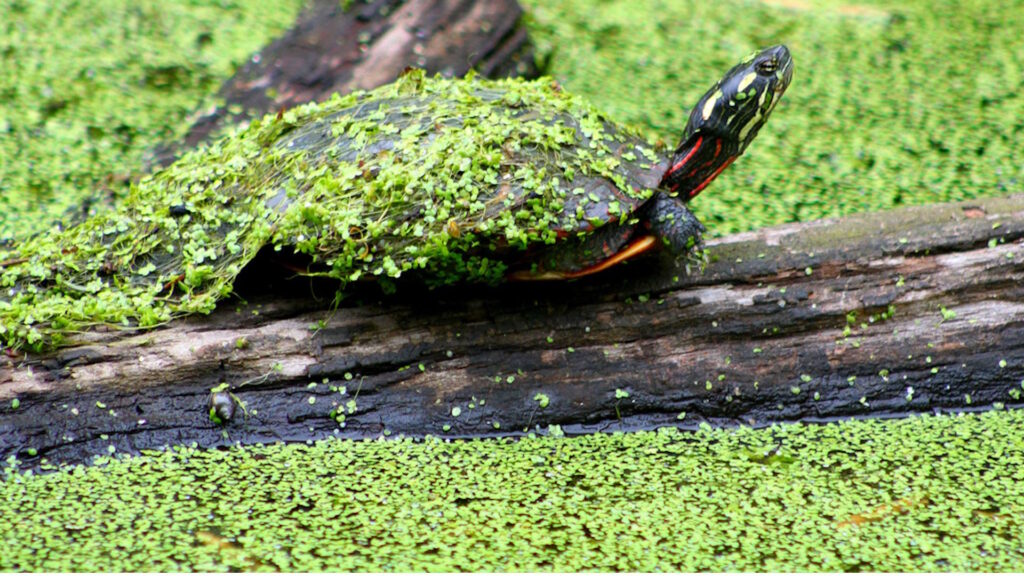
Studying tree-climbing behavior in turtles presents unique challenges for researchers attempting to document and understand this phenomenon. The sporadic and unpredictable nature of climbing events makes systematic observation difficult, often resulting in anecdotal rather than comprehensive data. Camera traps have become valuable tools for capturing this behavior, though positioning equipment correctly requires predicting likely climbing locations. Radio telemetry studies tracking individual turtles have yielded important insights but require significant time investments to capture infrequent climbing events. Environmental variables like temperature, humidity, time of day, and presence of predators all influence climbing likelihood, creating a complex matrix of factors for researchers to consider. Additionally, the relatively slow pace of turtle research funding compared to studies of more charismatic megafauna has limited our understanding of these fascinating behavioral adaptations.
Conservation Implications for Climbing Turtles
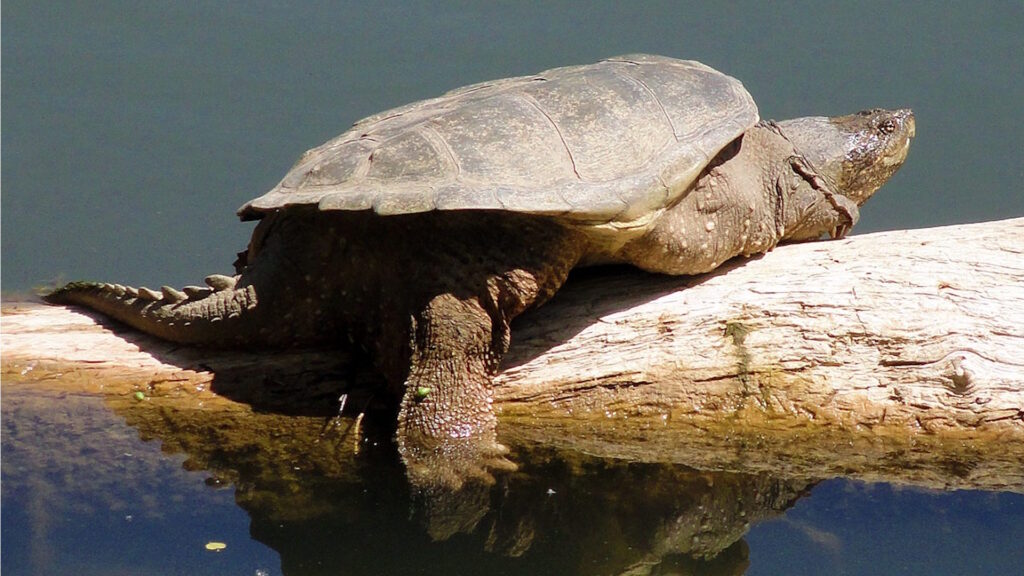
The tree-climbing behavior of certain turtle species carries important implications for their conservation and habitat management. Effective protection strategies must consider the three-dimensional nature of these turtles’ habitat use, preserving not just water bodies but also surrounding terrestrial environments with suitable climbing structures. Habitat fragmentation that separates aquatic areas from forested regions may disproportionately impact species that regularly transition between these zones for climbing activities. Climate change could alter thermoregulatory behaviors, potentially increasing climbing frequency if ground temperatures become too extreme or decreasing it if arboreal exposure becomes dangerously hot. Conservation efforts should include maintaining diverse forest structure near turtle habitats, ensuring the presence of both young flexible trees and mature specimens with varying bark textures and branch configurations that facilitate safe climbing.
Cultural and Historical Perspectives on Climbing Turtles
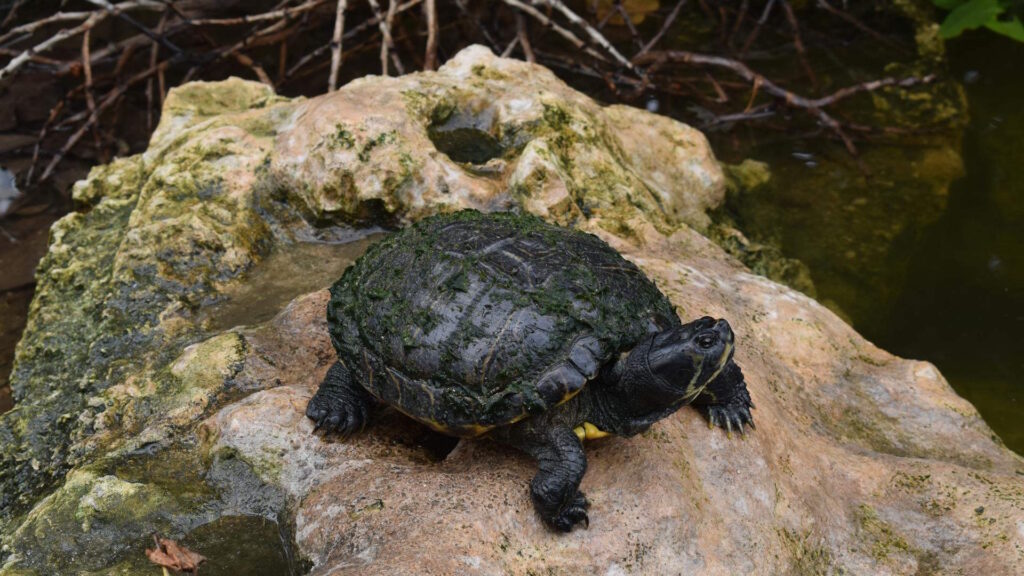
Tree-climbing turtles have occasionally appeared in cultural references and historical accounts, though often treated with skepticism until scientific documentation confirmed the behavior. Indigenous knowledge in several regions, including among certain Native American tribes and traditional communities in Southeast Asia, acknowledged this behavior long before formal scientific validation. Early naturalists occasionally noted observations of turtles in trees but frequently questioned whether the animals had actively climbed or been placed there by floods or predators. Historical wildlife illustrations rarely depicted turtles in arboreal settings, reflecting the general disbelief in their climbing abilities throughout much of recorded natural history. Modern wildlife photography and videography have played crucial roles in changing public perception, with viral images of climbing turtles helping to correct misconceptions about these animals’ locomotor capabilities and behavioral flexibility.
The Evolutionary Puzzle: How and Why This Skill Developed

The evolutionary development of tree-climbing behavior in turtles presents a fascinating puzzle for biologists studying adaptive behaviors. This skill likely evolved independently multiple times across different turtle lineages rather than from a single common ancestor, representing a case of convergent evolution driven by similar environmental pressures. The behavior probably emerged gradually, beginning with turtles climbing low-angled logs or branches partially submerged in water before expanding to more challenging vertical ascents. Genetic studies comparing climbing and non-climbing turtle species have yet to identify specific genetic markers associated with this behavior, suggesting it may result from behavioral plasticity rather than dedicated genetic adaptations. Evolutionary biologists theorize that in ecosystems with high competition for safe basking sites or significant ground-level predation pressure, natural selection would favor individuals with even minimal climbing abilities, gradually reinforcing and enhancing the behavior across generations.
Conclusion
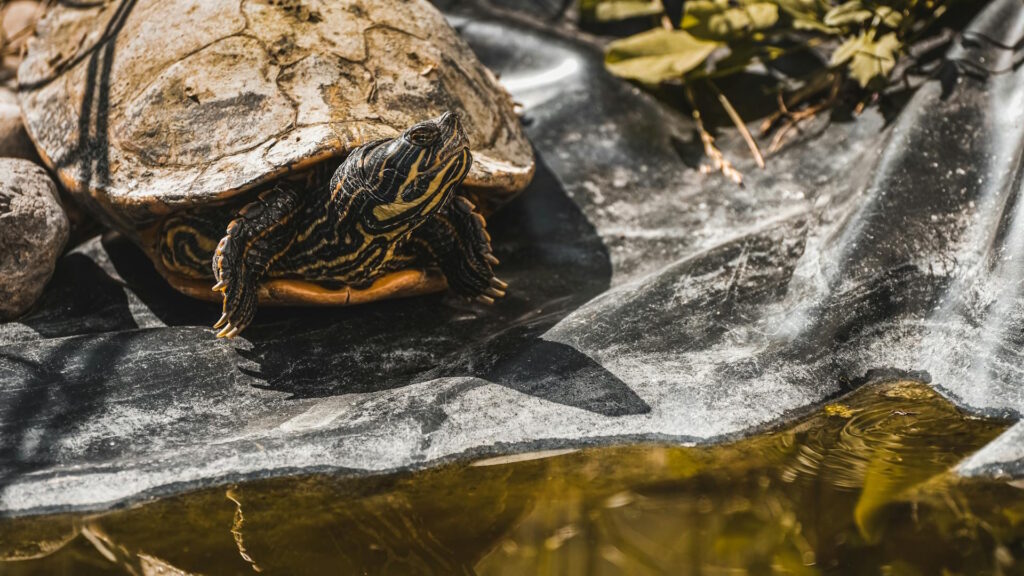
Tree climbing in turtles represents one of nature’s more surprising adaptations, challenging our preconceptions about these ancient reptiles’ capabilities and behaviors. While not as specialized as true arboreal species, the ability of certain turtles to navigate vertical surfaces demonstrates their remarkable adaptability and the diverse solutions evolution has produced for survival challenges. This behavior serves multiple purposes—from thermoregulation and predator avoidance to food acquisition and environmental surveying—illustrating how seemingly simple actions often carry complex ecological significance. As researchers continue to document and study this behavior, our understanding of turtle ecology deepens, revealing that these seemingly slow and limited animals possess unexpected behavioral flexibility and environmental problem-solving abilities. For those fortunate enough to witness a turtle perched among branches, the sight serves as a humbling reminder that nature’s innovations often defy our expectations and categories.

